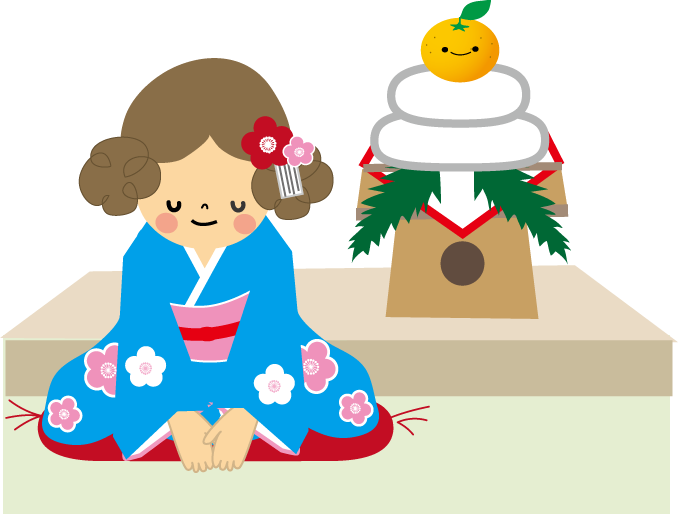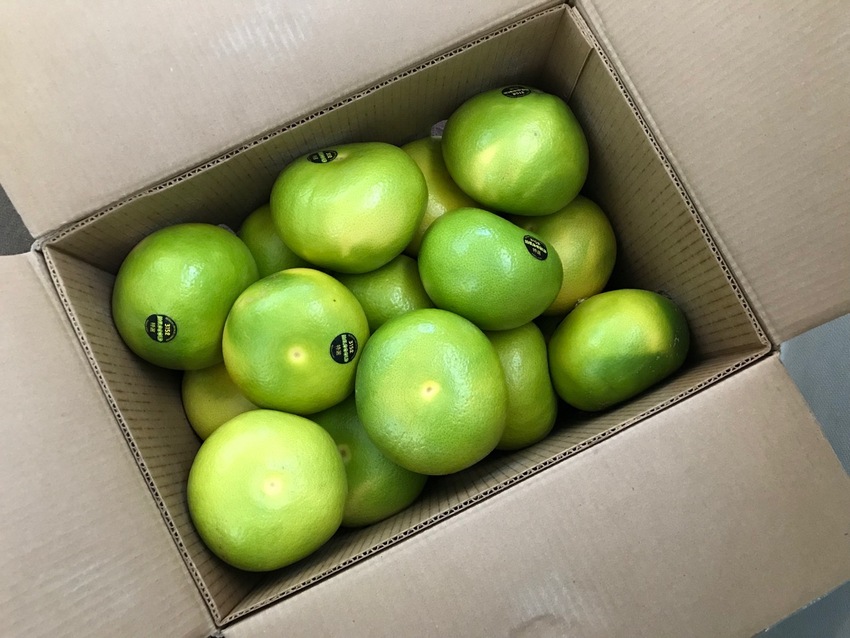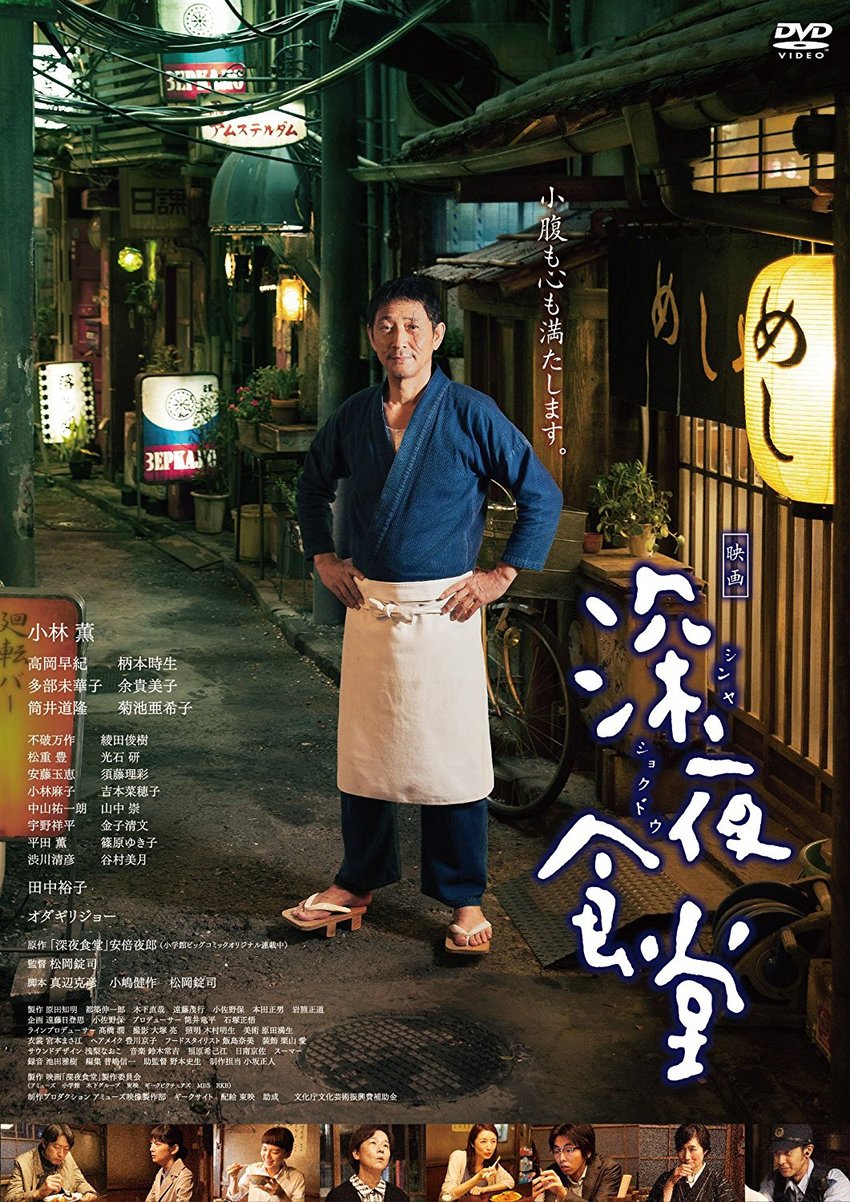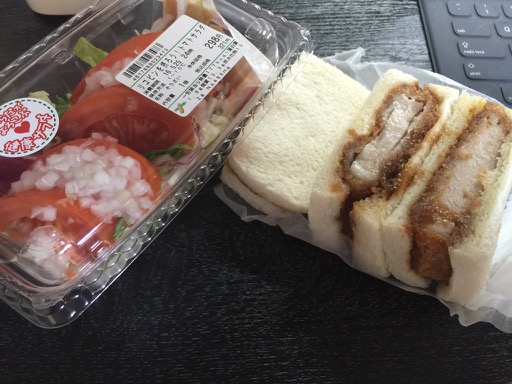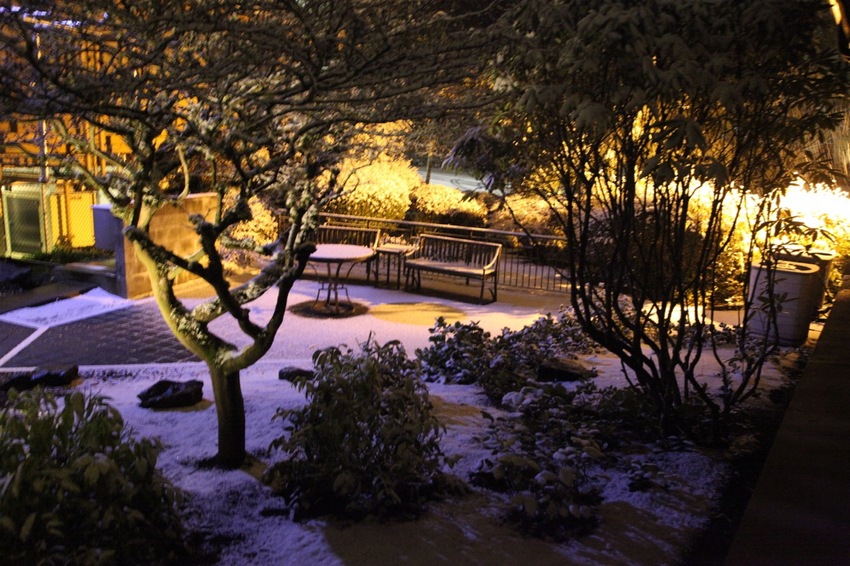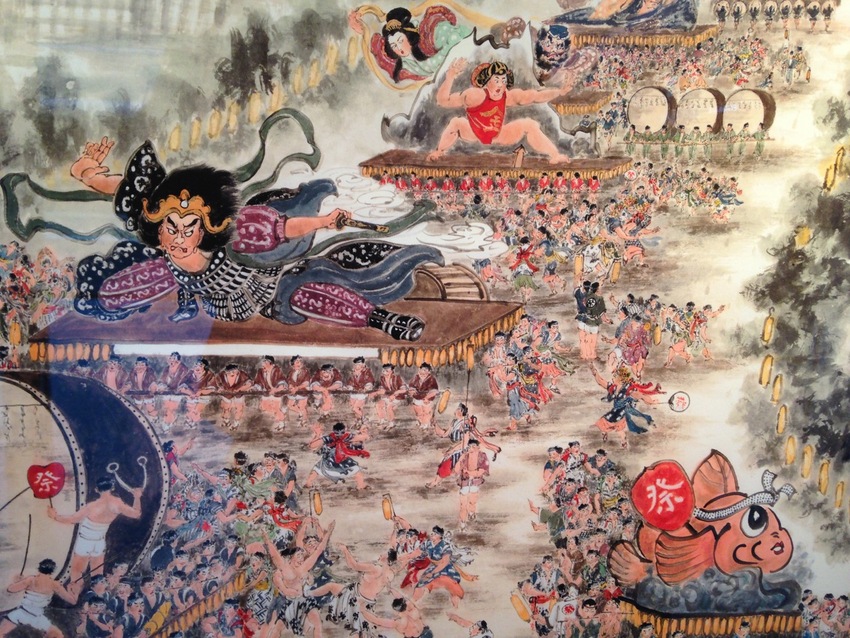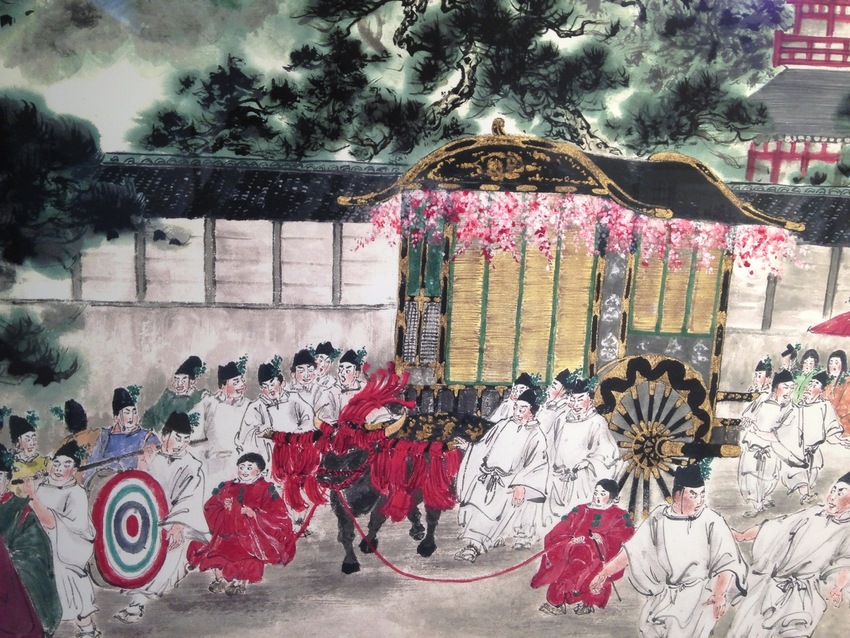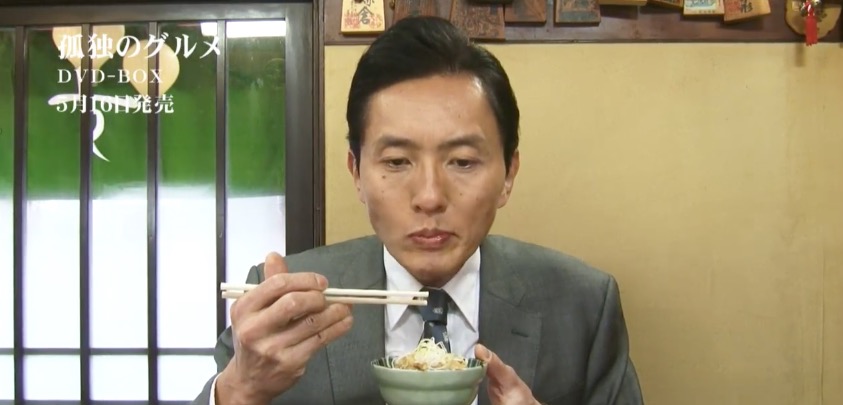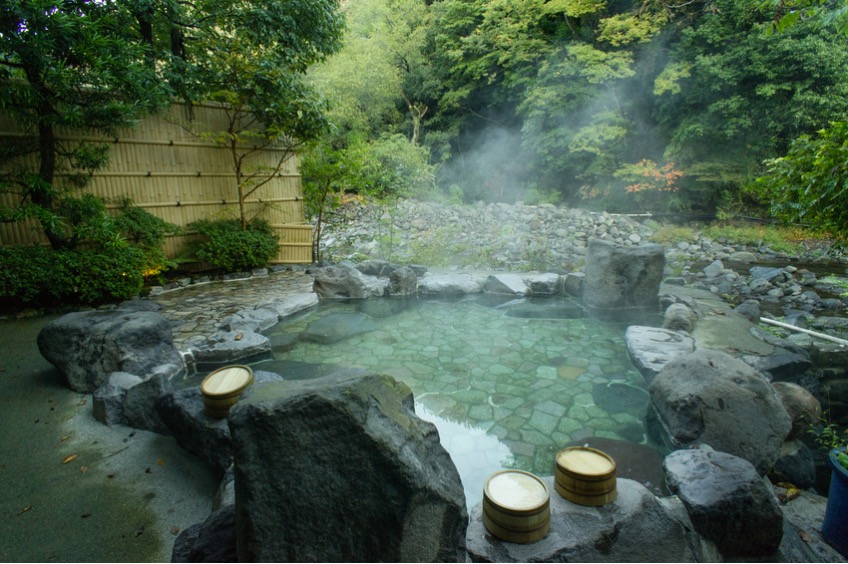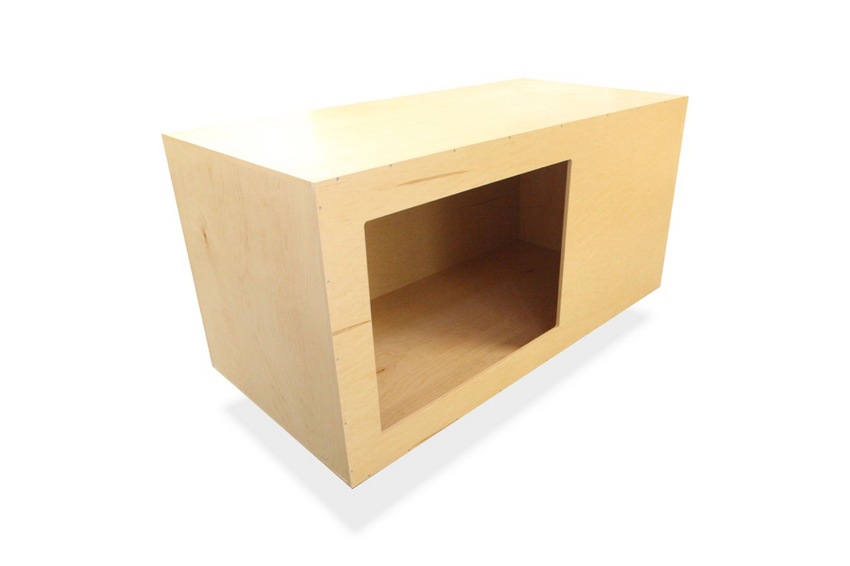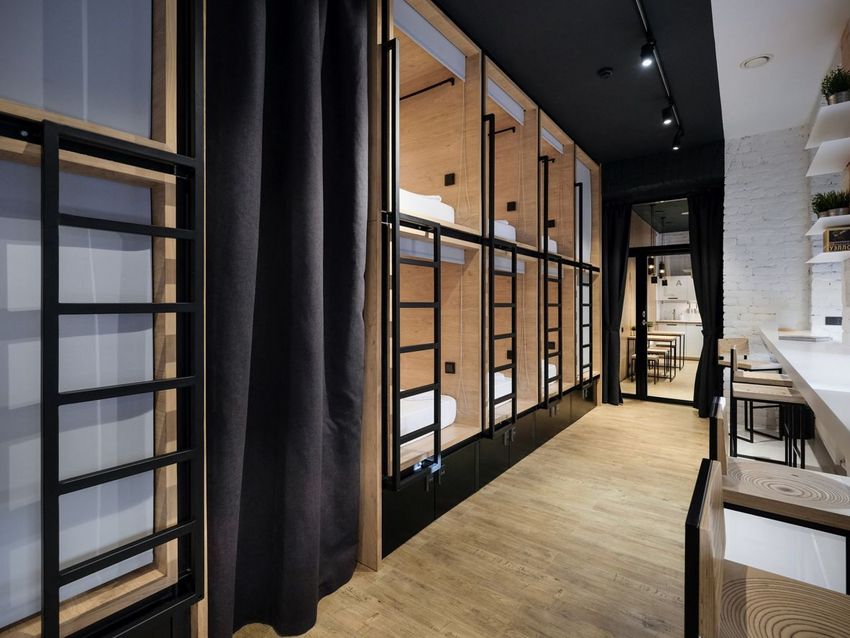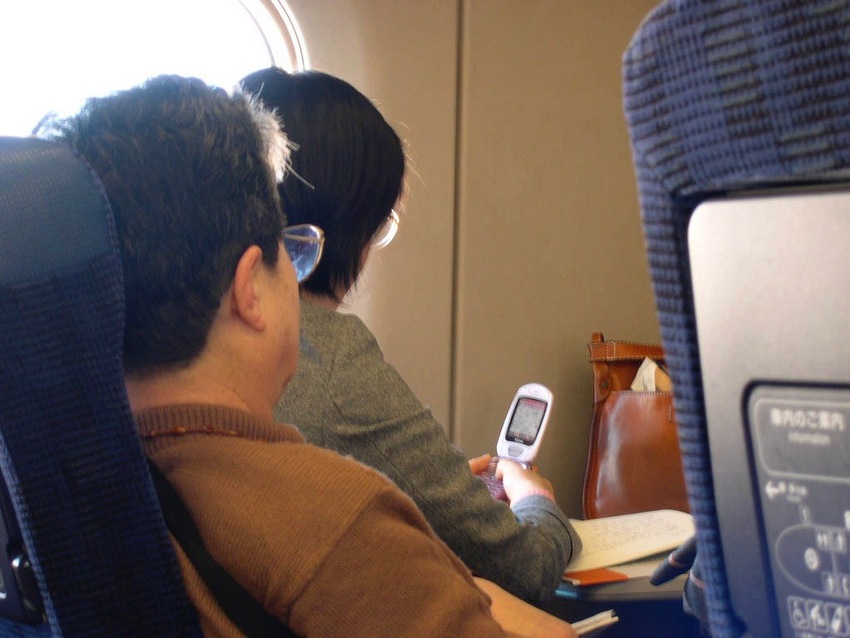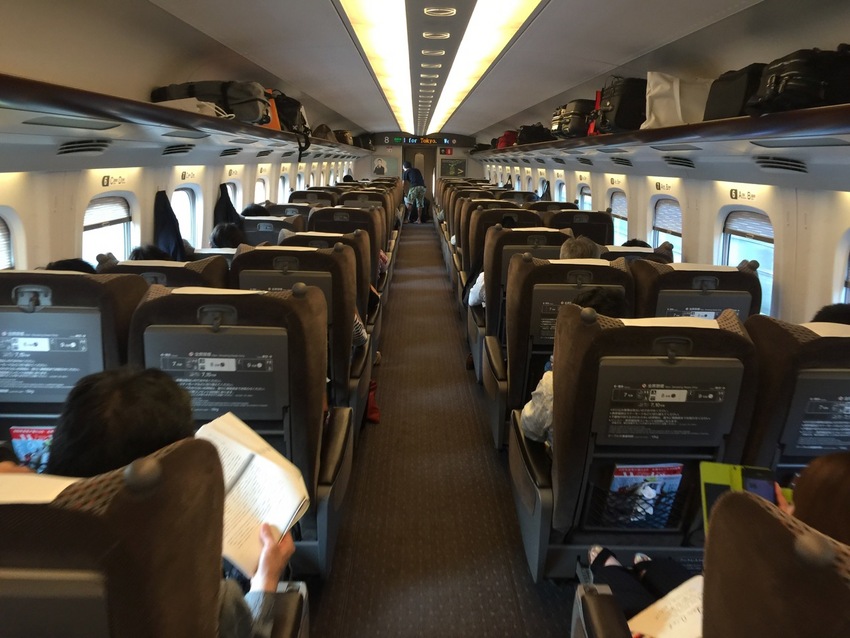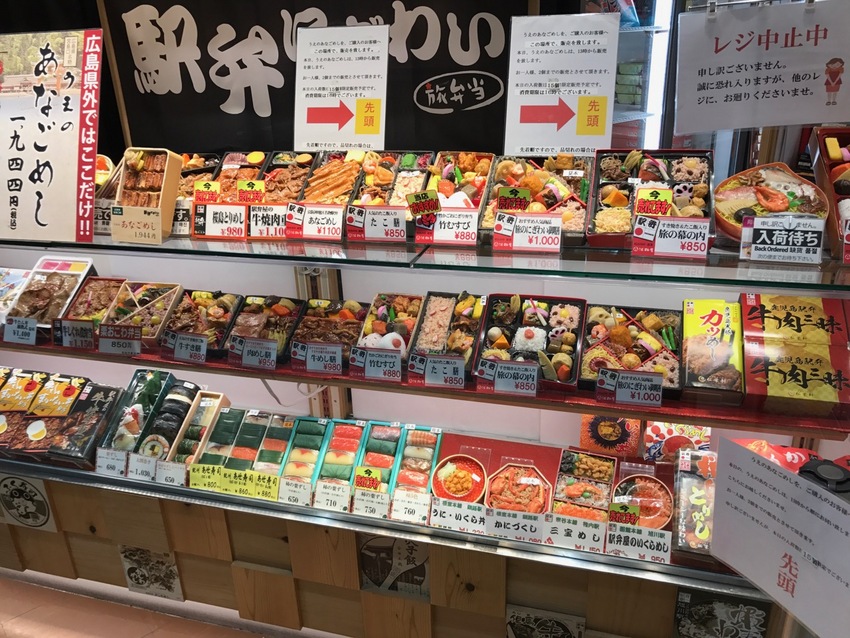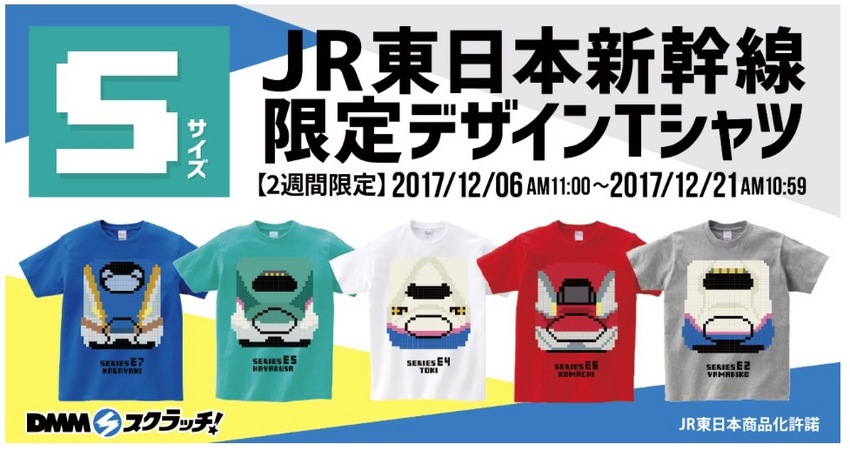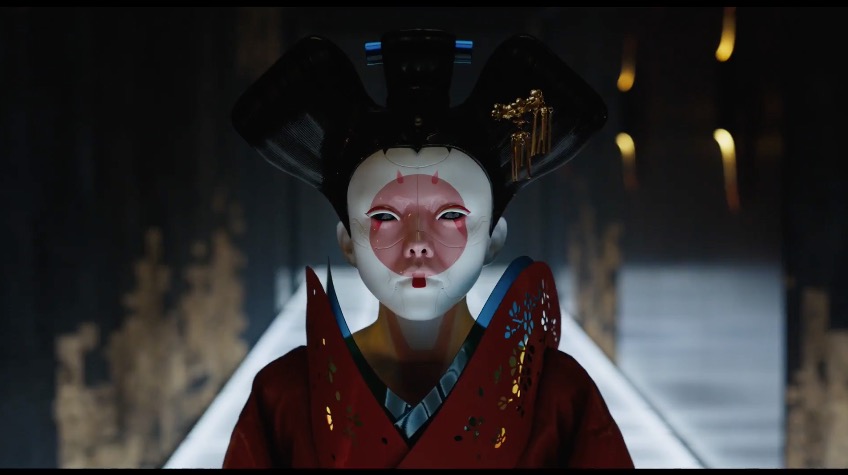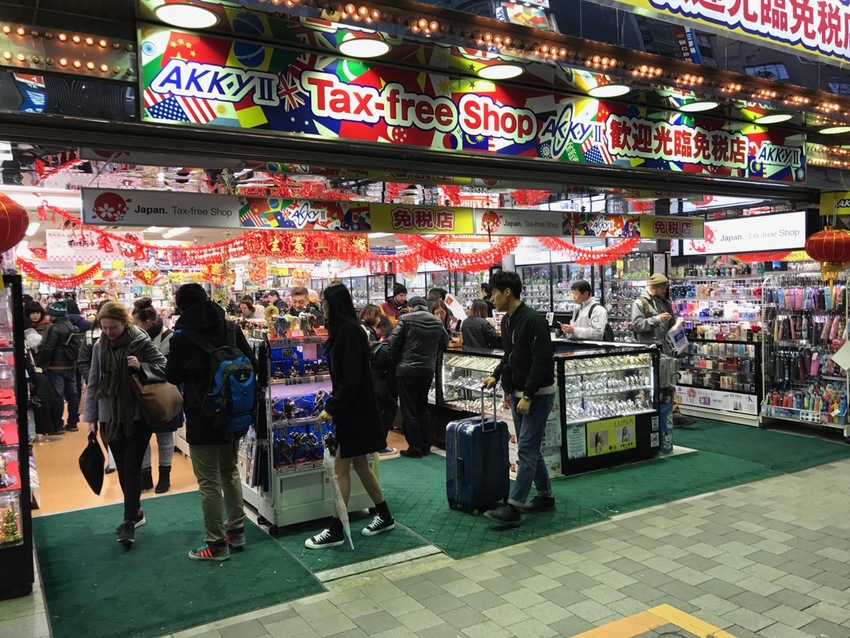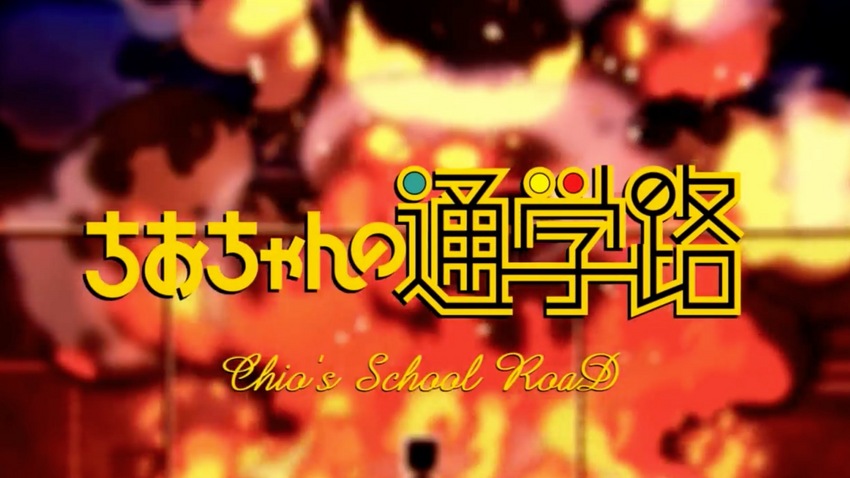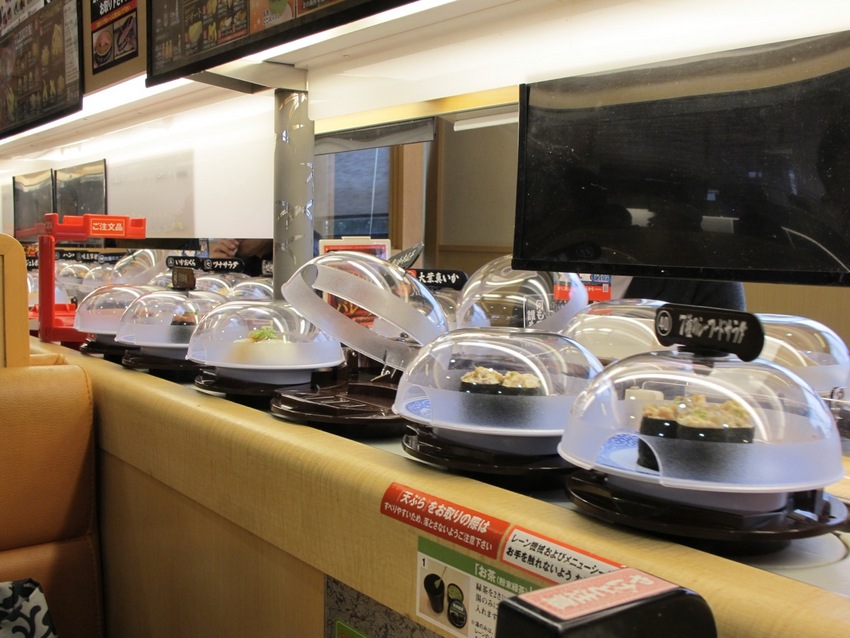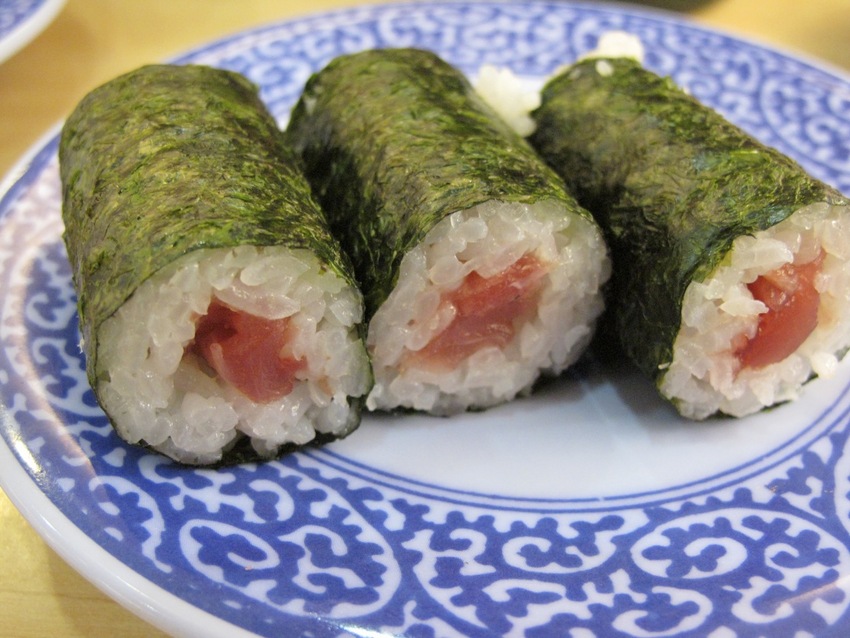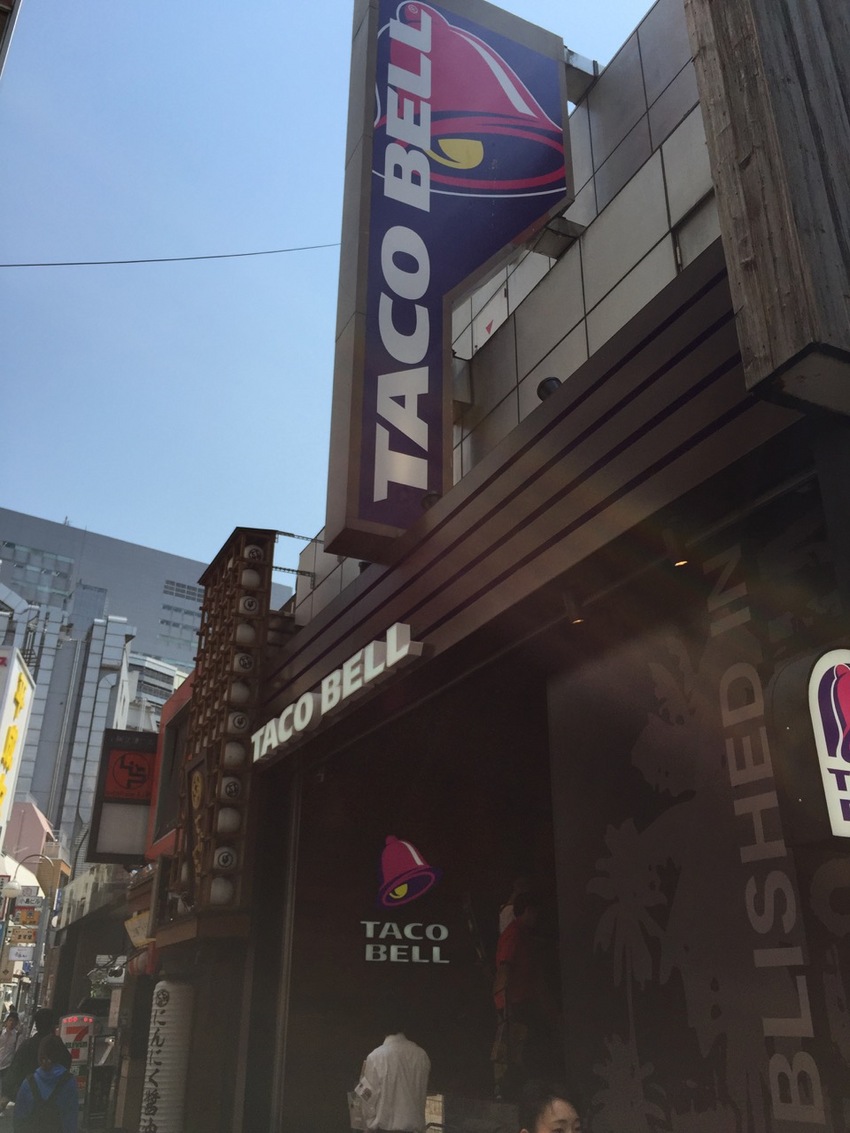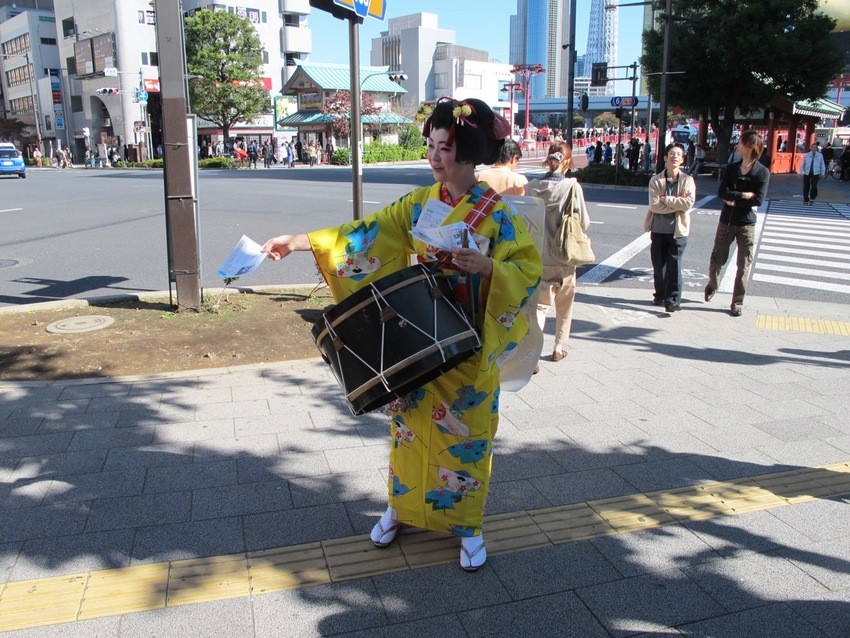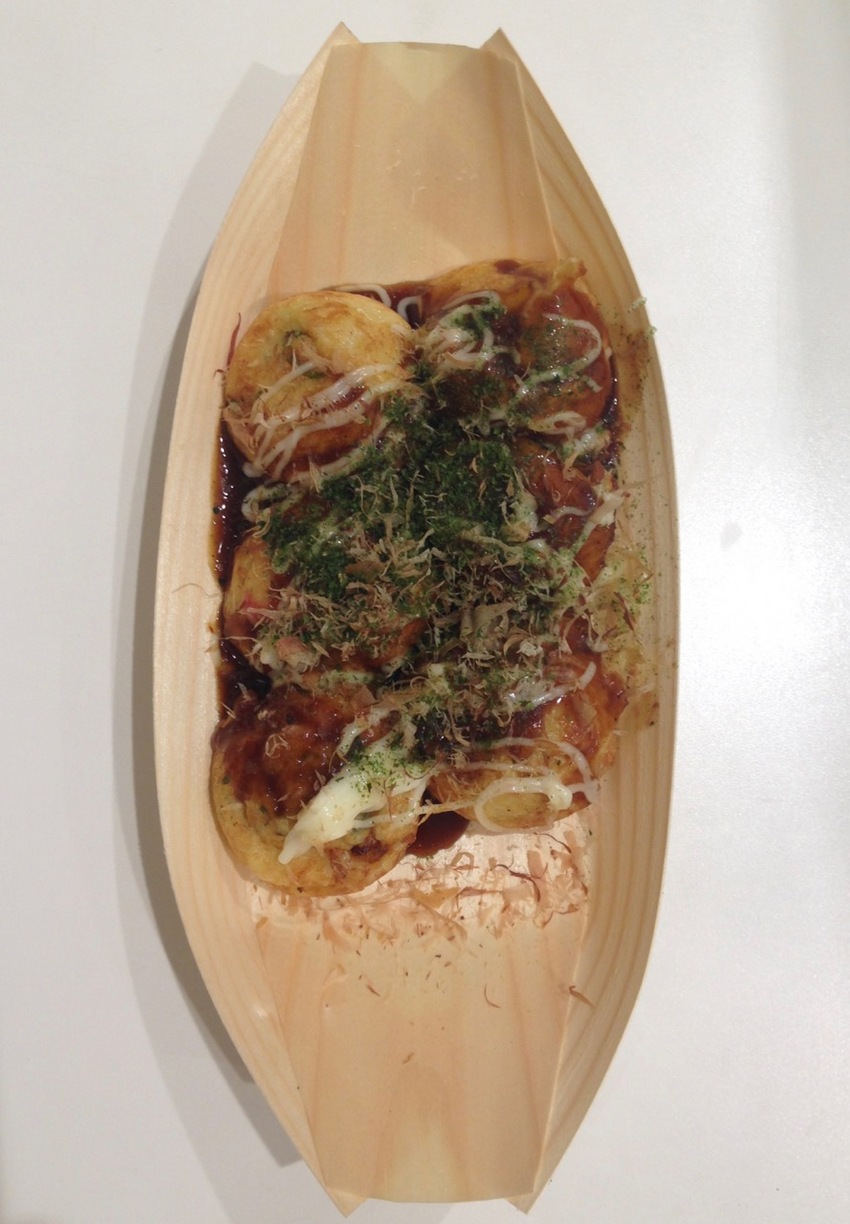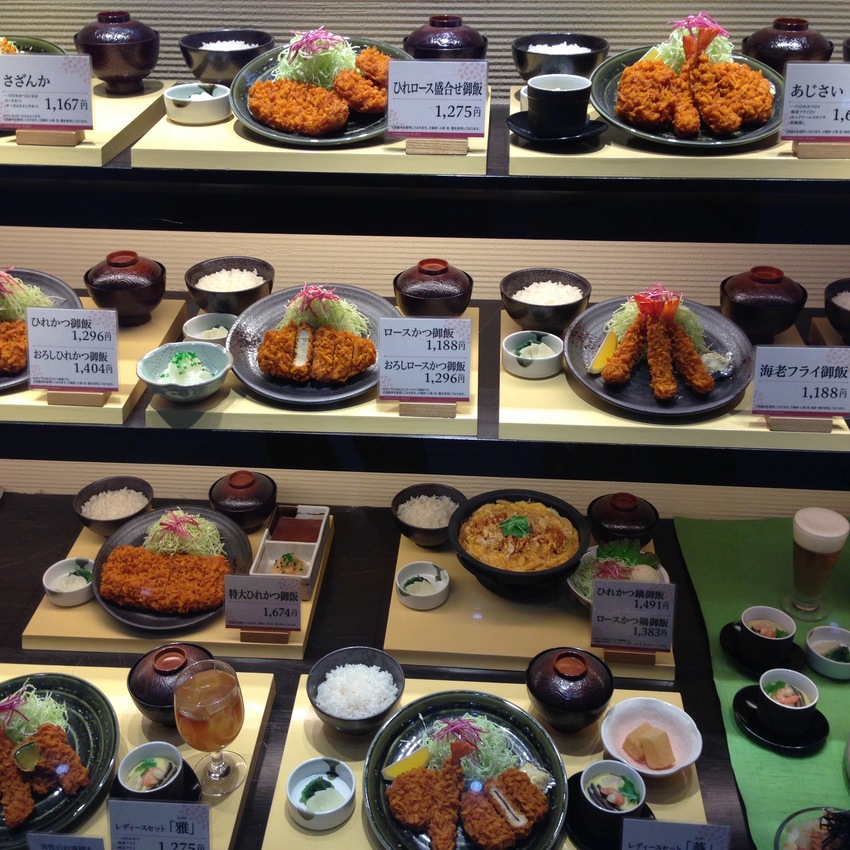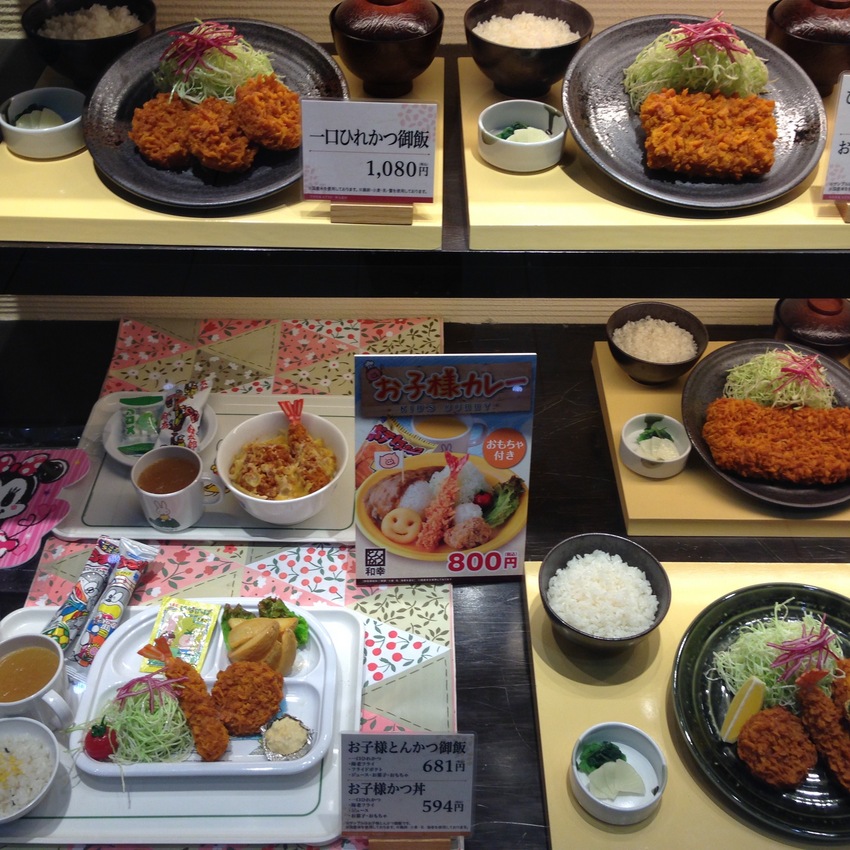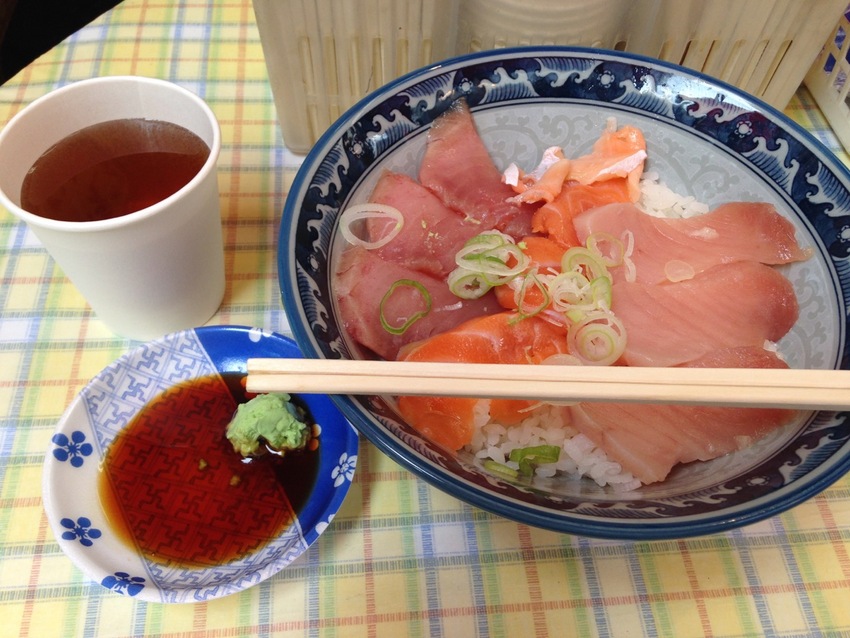Dec
31,
2017
How do you ask for something in Japanese?
これはいくらですか
How much is it?
Onamae wa Nandesuka.
おなまえはなんですか
What is your name?
Koko wa Dokodesuka.
ここはどこですか
Where is this?
Ima Nanji Desuka.
いまなんじですか
What time is it now?
Eki wa Dokodesuka.
えきはどこですか
Where is the station?
Kore wa Nandesuka.
これはなんですか
What is this?
Kore wa Nanto Iimasuka.
これはなんといいますか
How do you call this?
Nani wo Shiteirunodesuka.
なにをしているのですか
What are you doing?
Do you have any other words or phrases you want to know how to pronouce in Japanese, please let us know.
Listen by clicking on the icon below.
Dec
30,
2017
End of Year Greetings
You would say
"Kotoshimo Arigatou Gozaimashita."
"Rainen mo Yoroshiku Onegaiitashimasu."
"Yoi Otoshio Omukae Kusasai."
今年もありがとうございました。
来年もよろしくお願い致します。
良いお年をお迎えください。
Thank you for everything this year.
I look forward to your continued good will in the coming year.
Have a good New Year!
Now you can listen to those phrases.
Dec
29,
2017
What would you say in New Year?
- Shinnen Akemashite Omedetou Goaimasu
"Happy New Year"
- Kotoshimo Yoroshiku Onegai Itashimasu
"I look forward to your continued good will in the coming year."
Do not say this until the new year.
Click on the icon above to listen.
Dec
28,
2017
Listen to Japanese Pronunciation
Please click the headset icon below to listen.
This audio embed is using the service called Click It Audio by PSPinc.
What do you think of audio feature?
I will add more if you like it.
PS: I need to get someone with better voice ;)
Dec
27,
2017
Oseibo ... おせいぼ ... お歳暮
Winter gifts are called "Oseibo お歳暮'
Summer gifts are called "Ocyuugen お中元"
We at PSPinc sends gift to our customers in Japan this gifts.
http://www.pspinc.com
http://www.japanese-online.com
http://www.uchikura.co
Dec
27,
2017
Hankyu Rail 阪急電鉄
I am from Kobe ... I missed 4 out of 11.
読めるだけで、もう上品。#真の阪急電車ユーザー にしか解けない駅名クイズ https://www.buzzfeed.com/jp/yuikoabe/hankyu-nandoku?utm_term=.mvQqndNzq&quiz_result=11688225_354295799#11688225
Dec
26,
2017
How are you watching Japanese Movie and TV
YouTUBE, NETFLIX, AMAZON or DVD?
Dec
25,
2017
At Japanese Airport
I think it is part of Omotenashi (おもてなし), caring.
http://www.japanese-online.com
Dec
25,
2017
Quick Meals in Japan
Do you agree?
Dec
24,
2017
White Christmas - ホワイト・クリスマス
We wish you all have a Merry Christmas / Happy Holiday from all of us at http://www.Japanese-Online.com
Dec
23,
2017
Matsuri 祭
When you travel to japan, you should check what kind of Matsuri is available.
When you search Matsuri ... use "祭"
https://en.wikipedia.org/wiki/Japanese_festivals
http://www.japanese-online.com
Dec
22,
2017
Kodoku No Gurume 孤独のグルメ
This TV shows always make me hungry for Japanese foods.
When you search use "孤独のグルメ" in your video search box.
Dec
21,
2017
What I miss the most ...
What is your thought?
Dec
20,
2017
Capsule Hotel
What do you think?
Dec
19,
2017
What is Gara-Kei?
Why is it called Gara-Kei?
Gara is a shor for "Galapagos"
Kei is a short for "Keitai" (Transportable Phones)
So if you have old frip phones, you are Galapagos Keitai user.
Dec
18,
2017
Japanese Luxury Car You Find Only in Japan
It look like a cars from 80s' but it is the car that top executives and politicians rides. Even an emperor of Japan has a special edition of this car.
Dec
17,
2017
Duty Free Shopping in Japan
What the the things you like to see sold in your country from Japan?
Dec
16,
2017
Pros and Cons of Shinkansen 新幹線
But there is one drawback I have to mention. Because Shinkansen has no competitor, the price is fixed and it is rather high. Unless you buy airline ticket at the last minute, airlines offer cheaper transportation between Tokyo and Osaka.
One more thing. Shinkansen have not accident since it started operation back in 1964. That is over 53 years without an accident.
Dec
14,
2017
Shinkansen T-Shirt
https://dmm-corp.com/press/press-release/20428
I don't think they ship it oveeseas.
Dec
13,
2017
Hollywood Remake of Japanese Classic
Did you see it?
Did you like it?
Hollywood tends to change the story (a bit) to make it more Americanized. By doing that, they killed the story line. I see this at Hollywood version of GODZILLA movies.
Dec
12,
2017
Duty Free Shopping in Japan
What do you want to buy when you are there?
Unfortunately you cannot use this duty free offer to hotels, restaurants or other services and good you consume in Japan.
Dec
12,
2017
Anime アニメ
Anima might be your biggest reason to learn Japanese language.
Whatever the reason you may have, we really love to help.
Let us communicate with you.
Here is some examples of Animes comming in 2018.
Dec
12,
2017
A Different Look at Japanese Language and Culture
It is a fact that learning a foreign language is very challenging. Many learners attest that Japanese is of the languages that give English speakers a hard time. There are many reasons to learn the Japanese language, personally and professionally. For one thing, Japan has the world's second largest economy. It is a gateway to other cultures and languages in Asia. Knowing Japanese can provide several business opportunities. This is also a reason why Japanese language translation services are in high demand. As Mr. Sean Hopwood of Day Translations once mentioned, "The little nuances in words are beautiful, in much the same way that cultural beliefs and nuances make people unique, thus language and culture should be respected, celebrated and preserved."
It's a good thing that there are some excellent resources online to augment formal Japanese lessons. A lot of people also suggest that to learn the language faster, it is better to immerse oneself into Japanese culture. They call it as being ''culturally fluent.'' Moreover, the learners must keep in mind the reason why they decided to learn Japanese.
The Japanese language and culture are both fascinating, intriguing and challenging, so let's learn some things about these that you may or may not know.
Japanese culture
The culture of Japan is multifaceted and steeped in traditions that span thousands of years. Yet, Japan is also a country where you will find the latest fashions, changing fads and innovations in technology that are far advanced than other countries.
People
Japan has always been considered as a homogenous society and was practically isolated for thousands of year. The isolation stopped in the mid-18th century. Although it seems that the Japanese people are one huge ethnic group, there are other ethnic minorities in Japan, which for centuries were completely ignored, such as the Ainu people residing in Hokkaido, which was colonized in the 19th century by Japan. There is also the Ryukyukan people, who are indigenous in southern Okinawa.
Immigration and the influx of foreign workers are factors that contribute to the increase in Japan's population, which is now about 126.3 million. Japan's census system does not recognize its citizens with mixed heritage that they call ''harufu.'' About 750,000 Japanese of mixed heritage live around Japan, and around 1.5 million are permanent residents who are foreigners.
Major ethnic groups in Japan come from Brazil, the Philippines, China and Korea. In fact, about 5% to 10% of the population is made up of Brazilians of Japanese descent. Many of them came to the country to work but some have gone back to Brazil.
Majority of the population live in the country's capital, Tokyo. The second most populated area is Osaka-Kobe, followed by Nagoya, Kitakysuhu-Fukuoka, Shizouka-Hamamatsu and Sapporo.
The Japanese are extremely fond of matsuri or festivals, and they do have plenty because of their traditional religions, Shintoism and Buddhism. There are quite a number of Christian festivals as well.
Food
It is also a paradise for foodies. There is no doubt that Japanese food is widely popular, from the traditional Japanese fare to meibutsu or regional delights to fusion cuisine. Many people have tried Japanese sushi and sashimi, ramen, tempura, shabu, yakitori miso soup, okonomiyaki, kare raisu (curry rice), udon, soba, onigiri and desserts such as the too-good-to-eat mochi, namagashi, higashi and the old-time Japanese favorite, castella.
When it comes to food, trust the Japanese to provide you with such a variety of entrees that you'll end up popping shirt and pants buttons. We have not mentioned what Japanese chefs and cooks can do to fish, poultry, meat and seafood. Desserts and sweets in Japan are some of the most insanely creative as well. Funny thing is, despite their wide variety of culinary delights, the Japanese favors KFC chicken as their main dish for Christmas Eve.
Customs
One of the most important things a visitor to Japan needs to learn is the art of bowing. A bow is done when one says hello, sorry, thank you or goodbye. Bowing is a sign of greeting, respect, gratitude and remorse. But there are some instances when you do not need to bow, such as when restaurant or shop employees bow to you after shouting irrashaimase that means, ''Welcome.'' You can however acknowledge them with a casual head nod.
Japan has several forms of bowing. A 45-degree bow or saikeirei is to either show the highest form of respect or offer a very sincere apology. A 30-degree bow, which is called keirei, is showing respect to superiors and other people, and the type of bow that visitors should know and use, especially when conducting business. .
The type of bow that visitors will often use is the eshaku or the 15-degree bow that should be given to people you meet for the first time. But do not worry, as Japanese are now very familiar with handshakes.
Footwear is traditionally removed before a person enters one's home. It's a custom that started because people did not want to spread dirt on tatami-covered floors where they eat, sit and sleep. The tradition was carried over the years for the same reason and mostly as a sign of respect. While you may not be entering many homes while visiting Japan as a tourist, there are establishments where you have to remove your shoes.
Socially, you show your respect to people you talk with or refer to by adding –san to their last name. So instead of saying Mr. or Mrs. Yamada, you'd say, Yamada-san. It is not applicable to you when you are the speaker and should use your name as is.
When eating, you'll find the Japanese putting their hands together and saying Itadakimasu that means, "I humbly receive" and say "Thank you for the meal" by saying Gochiso sama deshita.
Although you may not be too proficient is using chopsticks, do not stick them into a bowl of rice or pass food around using chopsticks because the actions are relevant to a funeral ceremony in Japan. Rice is food that the Japanese are very proud of and should not be doused with soy sauce. Moreover, avoid walking while eating when you are outside in a public place.
However, you should remember that tipping is not required in Japan as the Japanese strive you give you the best service possible and they are very proud of their jobs. They think that they are not doing their job or their service is lacking when they are given tips.
Language
Language experts say that it is not difficult to learn Japanese, which is contrary to what language learners say. Technically, it is difficult for an English speaker to learn the language because there are almost no similarities as English and Japanese belong to different language families.
Teachers explain that some students say that Japanese is difficult because Japanese people speak very fast. This is a fact but that is because the pronunciation of Japanese words is simple. Likewise there are only five vowels and few consonants. However, it is very rare to have one syllable words in Japanese, and the language do have longer words because it's to compensate for the fewer sound elements. All Japanese verbs are free from gender distinctions. The language only has two irregular verbs, suru or ''do'' and kuru or ''come.''
Most learners will balk at written Japanese, because the characters have different formats. The writing system is Kanji and learners have to deal with two alphabet sets, Katakana and Hiragana. Kanji is the set of Japanese-adapted Chinese characters. This is used in combination with hiragana, which is a syllabary used for naturalized or native Japanese grammatical and word elements and katakana, the other syllabic pair which is used mainly for loan words or gairaigo. The simplest way to recognize the difference is that hiragana characters have smoother and rounder strokes whereas katakana characters are straight and have sharp corners.
Here are some tips to understand the Japanese writing system:
Kanji represents a concept, so kuruma or ''car'' is written as 車.
Katakana, which is mainly used for loan words, such as テレビ (terebi) or television, is also used for foreign personal names, foreign places and names of countries. Moreover, katakana is used for words that represent sounds (onomatopoeia), scientific and technical names, transcription of names of Japanese companies, like トヨタ for Toyota and スズキ (Suzuki) and used for emphasis on advertisements and signs. It can be taken as using ''italics'' to emphasize certain words.
Hiragana is used for writing phonetically and represents sounds, grammatical modifiers and particles and to alter the pronunciation, tense and add more meaning. When writing ''kuruma'' in hiragana, you can use the sounds of ku, ru and ma, or くるま.
Another example is miru, a Japanese verb meaning ''see,'' which is written as 見る.It is a combination of the kanji mi and the hiragana ru. The past tense is ''saw'' or mita. When writing this, the kanji character stays while the hiragana part is replaced with ta or た
To explain further, while it is possible to write some words in hiragana or katakana, using kanji is to honor the tradition and show respect for it because it was developed before the other two.
It is also because the language itself is limited in the number of sounds. It does not have an ''L'' sound and it is not often that consonants go together well. Also, each Japanese syllable has to end with an ''N'' or a vowel.
Without kanji, many homonyms would be confusing. For example, koutai can mean ''retreat'' (後退),''antibody'' (抗体) or ''replacement'' (交代). Combining kanji with hiragana helps in making the clarification.
The Japanese writing system normally does not put spaces between different words, thus combining kanji with katakana and/or hiragana allows the reader to spot the breaks. As an example:
Watashi ha kuruma wo mita in English means, ''I saw the car.'' When written in Japanese, it looks like this: 私は車を見た
Breaking it down, you'll get:
私は – for Watashi (I) and ha, which is the subject marker
車を – for kuruma (car) and wo, the object marker
見た – mi is for the verb (see) while ta indicates that it's in the past tense
These examples alone might trigger you to put more effort in learning the Japanese language. As you continue learning, you're bound to discover more.
There is beauty in any language and translation makes you appreciate a language better. However, some words in any language do not have a direct translation in English. Here are some examples in Japanese.
Komorebi – the effect of scattered and dappled light when sunlight shines through leaves, branches and trunks of trees
Bakku-shan – this is a combination of the English word ''back'' and the German ''schoen'' that means beautiful. It is used to describe a woman whose back looks beautiful which turns out to be the revers when the woman turns around.
Tsundoku – means leaving books unread after purchase
Kyoikumama – refers to a mother who pushes her children to achieve academic excellence
Age-otori – a Japanese term to describe that someone looks worse after getting a haircut
Wabi-Sabi – the acceptance that it is natural for things to be incomplete, imperfect and beauty is transient
Shinrinyoku – the description of enjoying a walk through the forest and soaking in all the green light
Kogarashi – the withering winds at the onset of winter that blow off the remaining leave on trees
Mono no aware – sensitivity or sadness you feel when you realize that life is brief and momentary
Otsukaresamadesu – a greeting Japanese use when arriving to work, during the day and when leaving the office. It's telling your colleagues that ''work has been tough and you must be feeling tired.''
Natsukashii – an adjective that describes a sense of nostalgia for something beautiful that happened in the past.
Mottainai – an expression of regret over waste, such was wasting your time.
Shoganai – an expression or acceptance of something that is beyond your control. The closest explanation is the English expression, ''it cannot be helped.'' It is a mentality that can be described as both fatalistic and realistic, which may explain why Japanese people deal with natural disasters without too much complain.
In the present context of global business, it pays to learn a foreign language. Japanese is an important language in the world and can open many doors for you. Be culturally fluent in Japanese culture, which in itself is interesting but also for you to wholeheartedly embrace its fascinating language.
About the author: Bernadine Racoma is a senior content writer at Day Translations, a human translation services company. After her long stint as an international civil servant, she has aggressively pursued her interest in writing and research. She has notable fondness for things related to technology, travel, lifestyle, social media, and current affairs. She is also an advocate and mother to 7 successful children.
Writen by
Bernadine Racoma
Contributed by
Day Translations. Inc.
https://www.daytranslations.com/
Human Powered Translations
New York | Houston | Washington D.C. | Dubai | Japan
Dec
11,
2017
Kaiten Sushi 回転寿司
Kaiten 回転 means ... round in circle.
But there is another word Kaiten 開店 means complete different
Kaiten 開店 means Open.
They pronounce the same as well.
Dec
8,
2017
What would you like to buy from Japan?
Please let me know.
Popular choices are
- Food Item (Tell me What)
- Clothing
- Toys
- Tech Gear
- Glasses
- Camera
- Movies / Bluray
- Books
- Electronics
- Car / Motorcycle
Dec
7,
2017
American Fast Foods in Japan
(1) Portions are smaller than you find in the US.
(2) Menu is not always the same.
(3) Prices might little higher in Japan.
(4) Large soft-drinks in Japan are smaller than the small in the US.
(5) There is no refill for your drink.
Pictures: TACO BELL opened its first store in Shibuya, Tokyo. There were as much as 2 hoyr wait for this shop.
Dec
6,
2017
Walking Billboard ... Street Performance ... Chindonya
The word Chindoonya breaks in to three parts.
(1) Chin ... Sound of Bell
(2) Don ... Sound of Drum
(3) Ya ... House/Professional
Tje owrd came from the sounds they make.
Dec
4,
2017
Wax Food Sample
Dec
3,
2017
Donburi ... Not Poke
There are many places serves Poke ... which is simliar to Donburi in teh US now.
Dec
2,
2017
Marijuwana (大麻) in Japan
Washington State, where I am at, marijuwana is legal and avaiable at the specilized stores.
Dec
1,
2017
Tokyo Metro Subways
Traveling on the subways saves you money and time compared to Taxi. When you travel to Tokyo, make sure to plan your trip around subway.
×
- If you are a bloguru member, please login.
Login - If you are not a bloguru member, you may request a free account here:
Request Account



